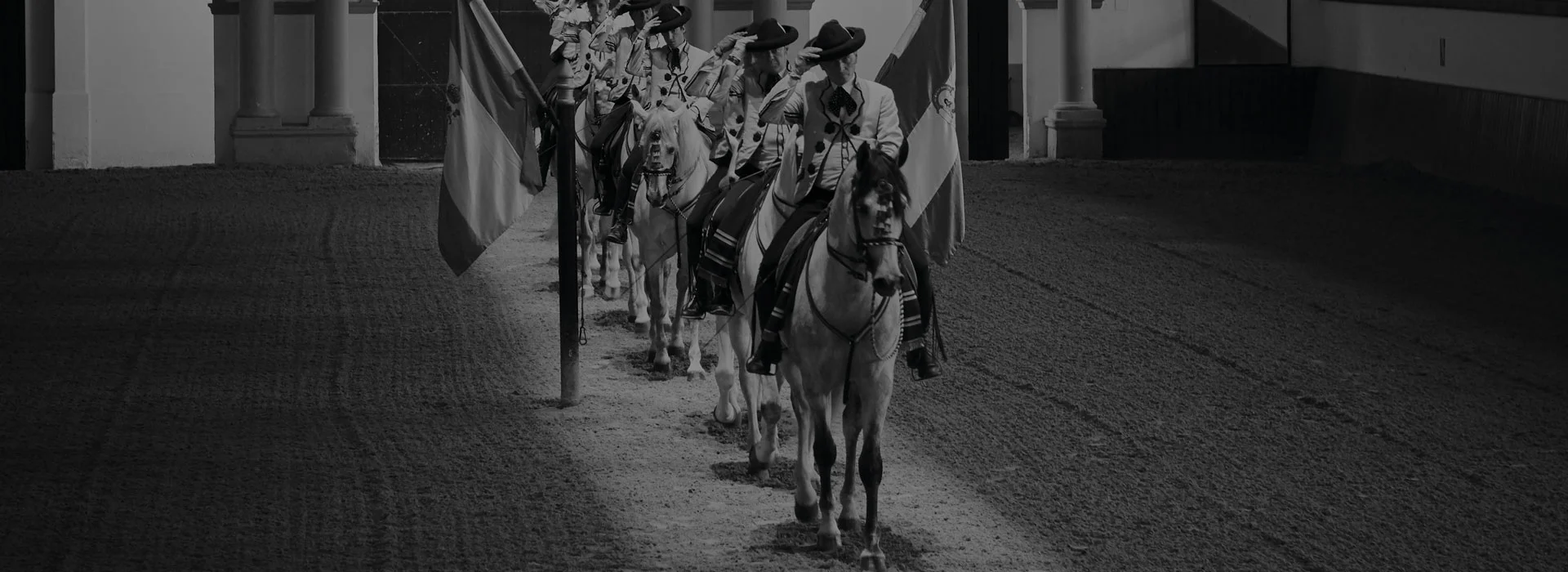
Equestrian
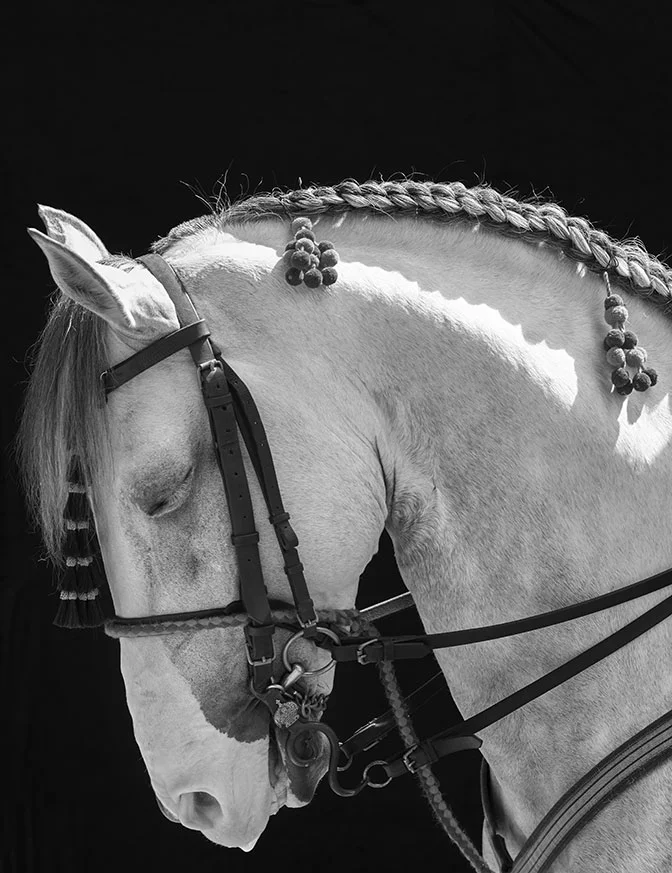
The Royal Andalusian School of Equestrian Art is housed in the expansive grounds of the Recreo de las Cadenas, a Louis XV-style palace designed by the architect of the Paris opera house, Charles Garnier, in 1864 for the prominent local winemaker Don Julian Premartin Laborde. One of the ‘big four’ riding schools in the world – it compares with the Spanish Riding School in Vienna, the Cadre Noir in France and the Portuguese School of Equestrian Art – this is where riders and horses dedicate hundreds of hours to master the arcane art of dressage, with its roots in intricate 19th-century cavalry drills.
Much of the palace’s original French décor – the beautiful painted panels, chandeliers, marble floors and a grand columned staircase – has been preserved. Behind the palace, a grand fountain cools the breeze on a hot day, and, at the front, the steps lead down to the school’s outdoor arena. Used for training, special performances and morning exercise, it’s here we are shown the steps the horses and riders have spent so long learning and perfecting. The small brick building at the far end is the saddlery, where the master harness-maker and his apprentices preserve the age-old art of Spanish saddle and harness-making. So meticulous is the training that students must first draw every piece of tack to perfection before receiving approval to press cutting tools into leather.

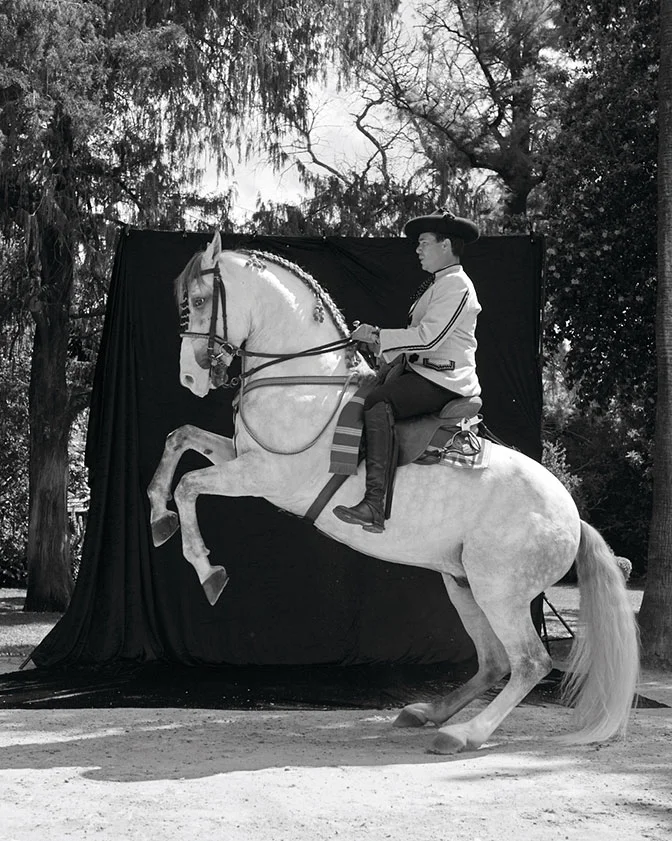
The Andalusian horse, also known as the Pure Spanish Horse or PRE (Pura Raza Española), originates from the Iberian peninsula where its ancestors have lived for thousands of years. It has been recognised as a distinct breed since the 15th century, and its equine conformation (bone structure, musculature and body proportions in relation to each other) has changed very little over the centuries. Throughout its history, it has been known for its prowess as a war horse and was prized by the nobility. The breed was also used as a tool of diplomacy by the Spanish government, often given as gifts to foster better relationships with neighbouring kingdoms, and kings across Europe rode and owned Spanish horses.
The origins of the horses at the academy, particularly those used in the tightly choreographed shows, date back to 1567 and the reign of King Philip II, who had a personal quest to own perfect Spanish horses. He acquired numerous Spanish mares and stallions through selective breeding. These horses were deemed ‘most fitting to be mounted on by a king on occasions of triumph’, according to 17th-century author François Robichon de La Guérinière, one of the most influential writers on the art of dressage. The Spanish breed quickly became the most sought-after horse in Europe and is depicted in many early paintings of European royalty, many of whom were dressed in the tailored riding habits created by The House of Creed.
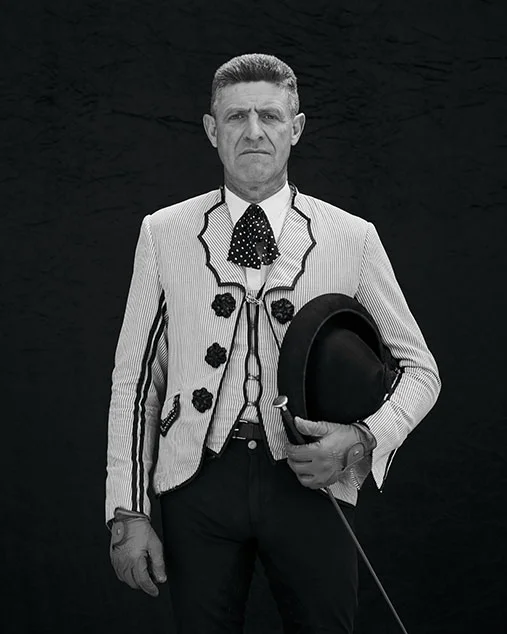
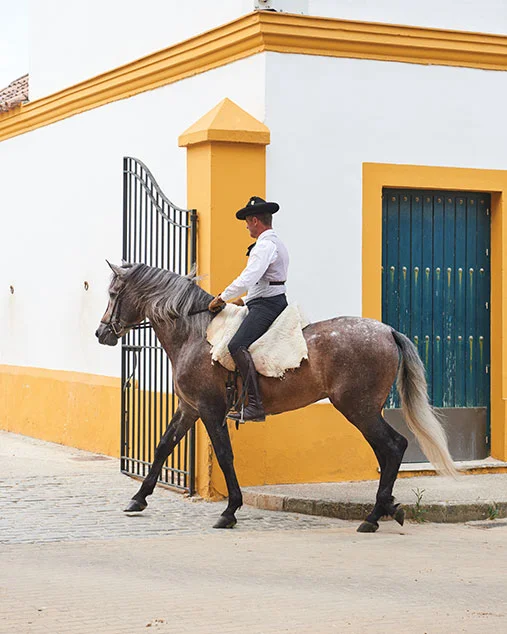
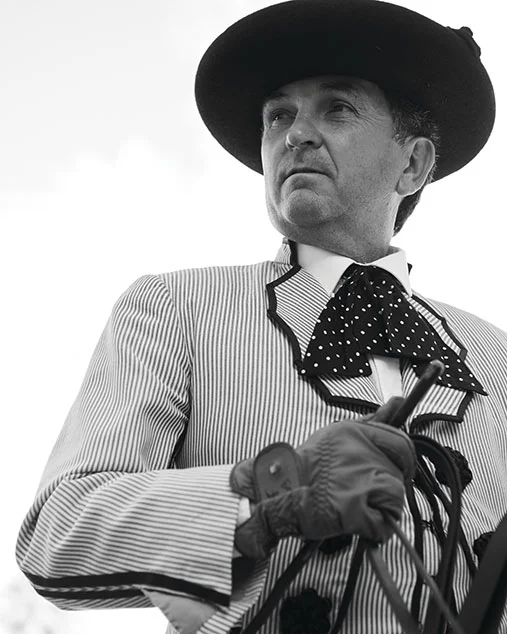
Ultimately, a good rider is someone who is able to communicate with their horse. It is a relationship between rider and horse built up over time, born of years and years of mutual trust - a complex dynamic. This is made clear when you watch the horses and riders perform together. The intricate dressage steps and jumps are framed by this symbiosis; a 'dance' created by this unique connection. You absolutely sense the rider is communicating with the horse, not dominating it.
This is a noble art created by years of hard work, skill and passion. This agility, poise, grace and nobility is what first inspired Creed's Aventus fragrances and it clearly continues to inspire a new generation of riders.
